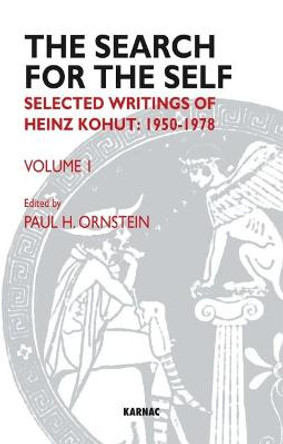The Austro-American psychoanalyst Heinz Kohut was one of the foremost leaders in his field and developed the school of self-psychology, which sets aside the Freudian explanations for behavior and looks instead at self/object relationships and empathy in order to shed light on human behavior. In "How Does Analysis Cure?" Kohut presents the theoretical framework for self-psychology and carefully lays out how the self develops over the course of time. Kohut also specifically defines mental health and mental illness in relation to the Ocdipus complex and narcissism, while investigating the nature of analysis itself as treatment and cure for pathologies. This in-depth examination of "the talking cure" explores the lesser-studied phenomena of psychoanalysis, including when it is beneficial for analyses to be left unfinished, and the changing definition of "normal." An essential volume for working psychoanalysts, this book is important not only for psychologists, but also for anyone interested in the complex inner workings of the human psyche.
About the AuthorHeinz Kohut (1913-81) was professorial lecturer in psychiatry at the University of Chicago and president of the American Psychoanalytic Association. He is the author of many books, including The Curve of Life and The Analysis of the Self, both published by the University of Chicago Press.
Reviews"A landmark book which will exert increasing influence with passing time.... Its success lies in the accomplishment of its stated aims." (Carl T. Rotenberg, Journal of the American Academy of Psychoanalysis)"
Book InformationISBN 9780226006000
Author Heinz KohutFormat Paperback
Page Count 254
Imprint University of Chicago PressPublisher The University of Chicago Press
Weight(grams) 397g
Dimensions(mm) 23mm * 15mm * 2mm








